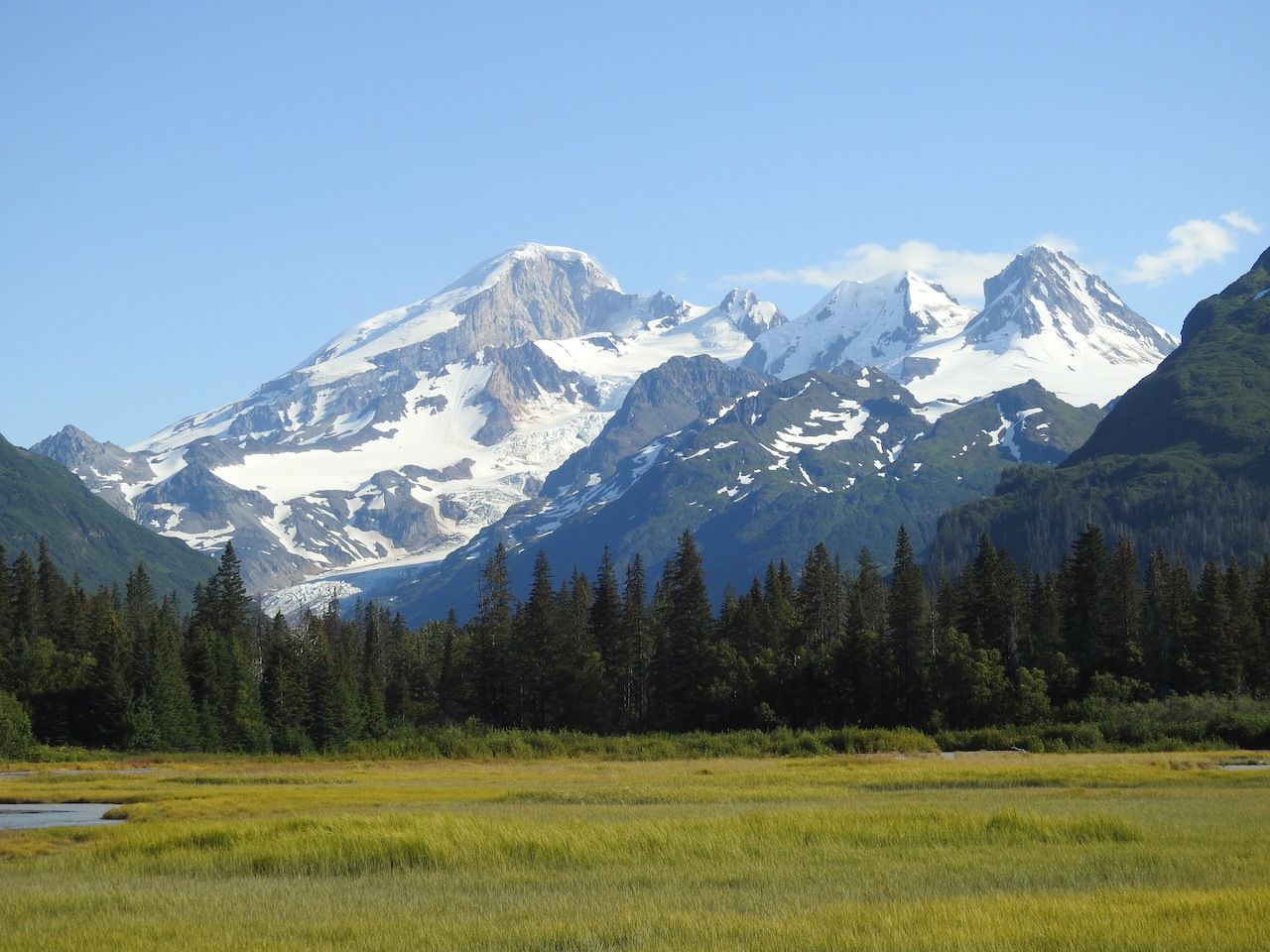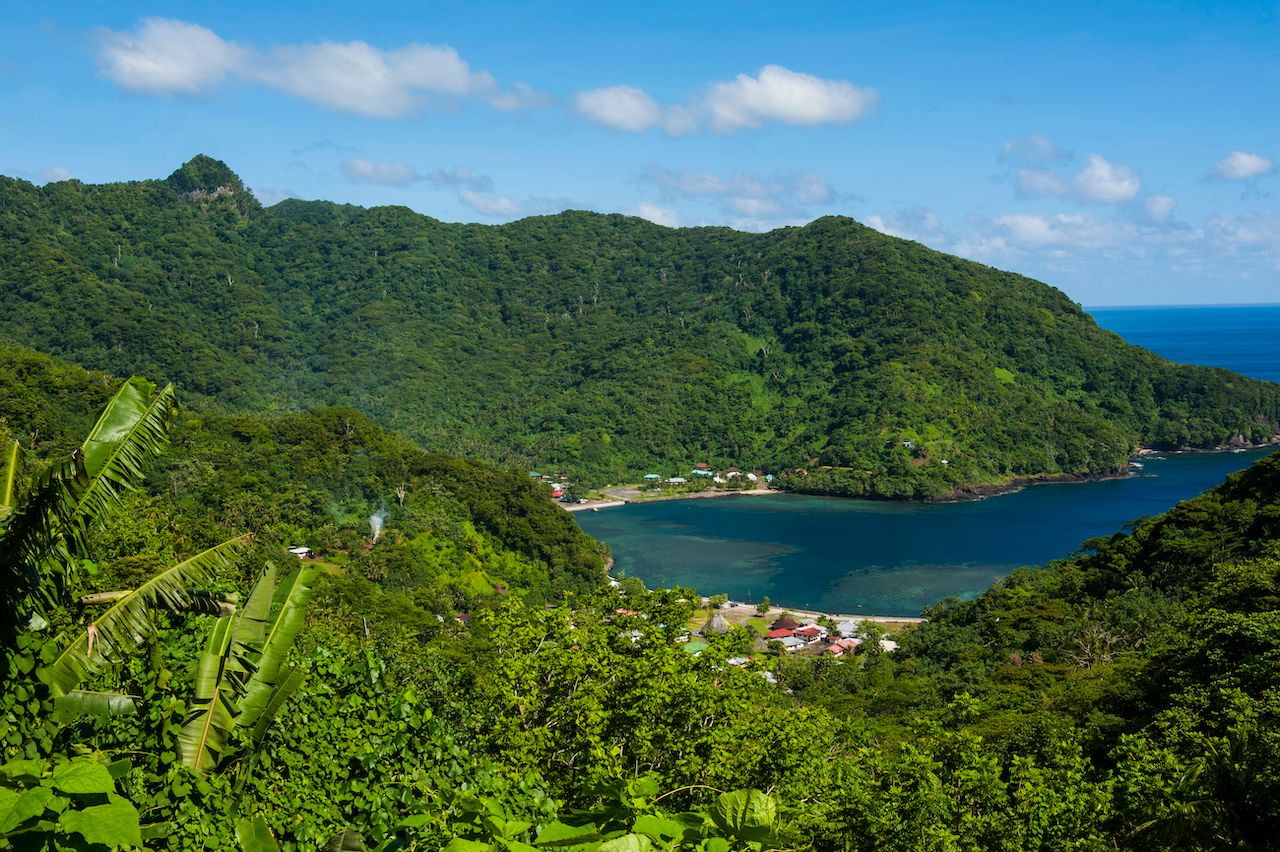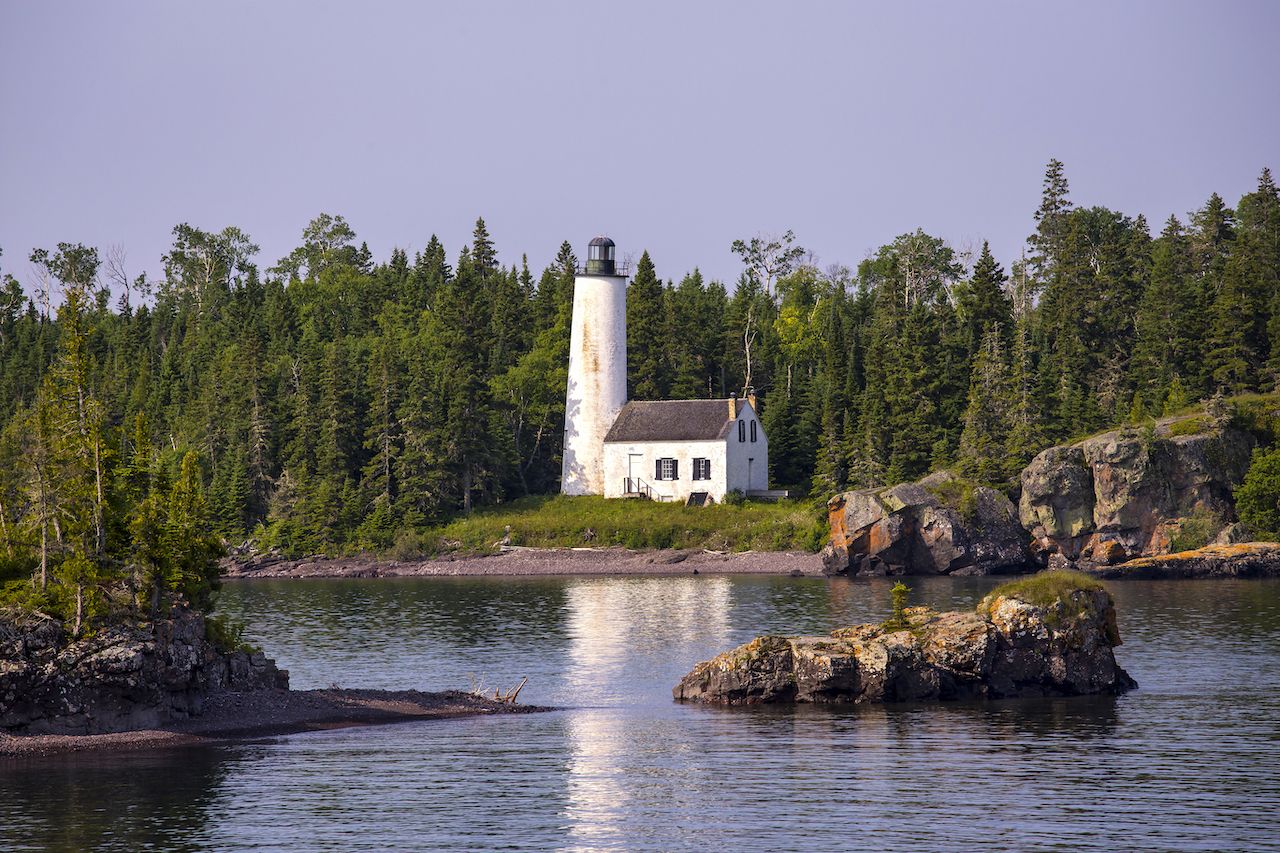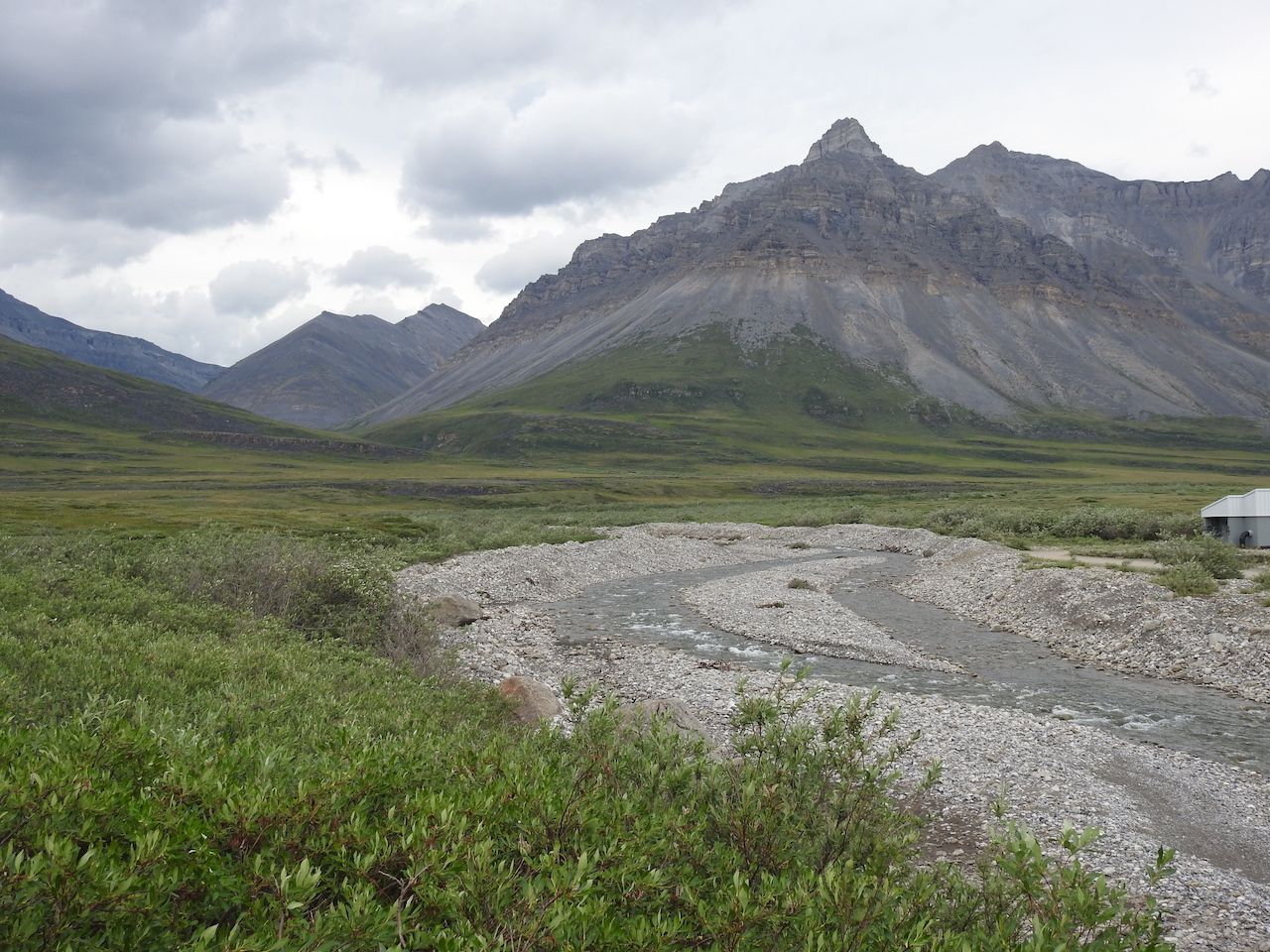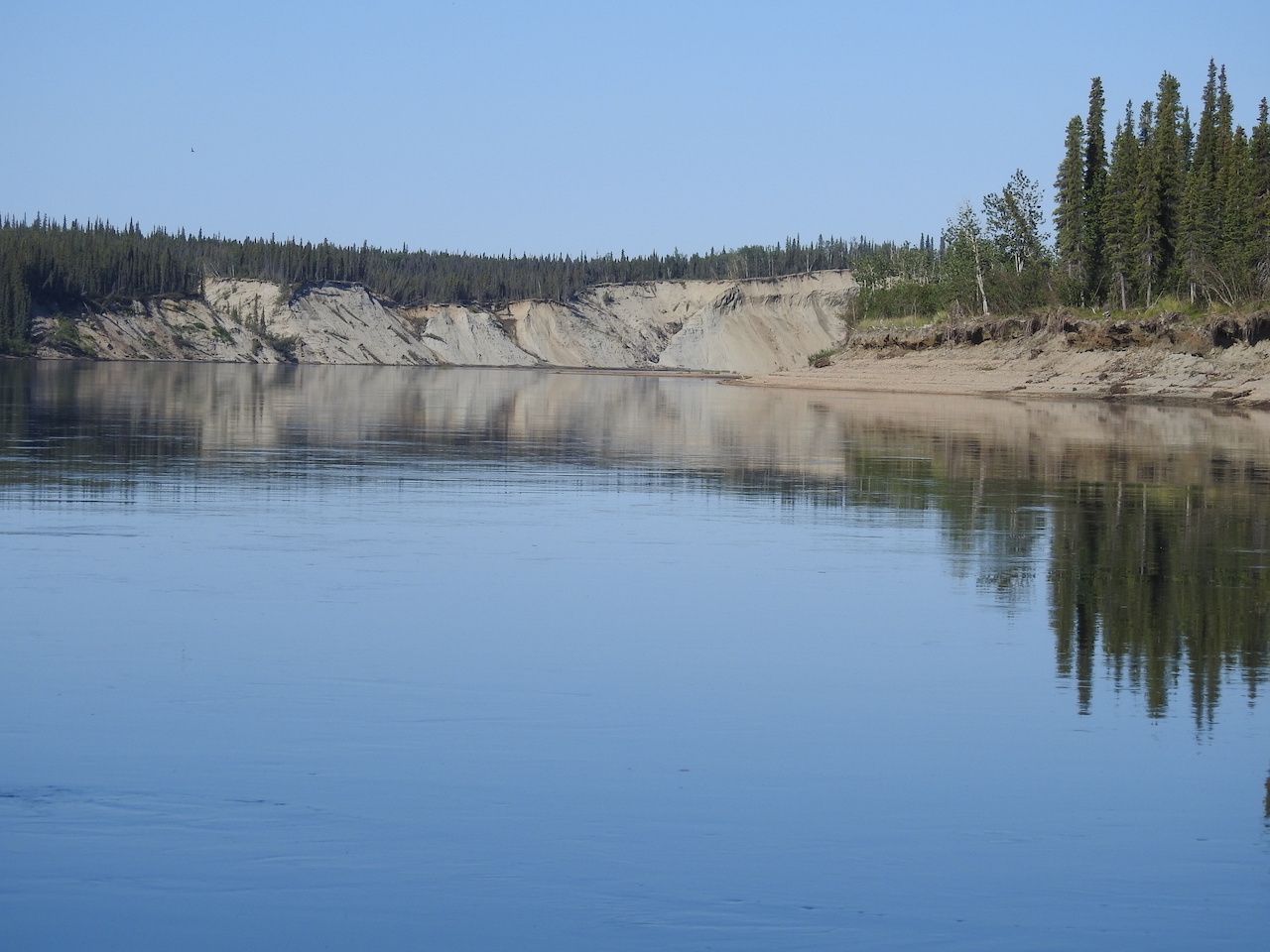Each year, people from around the world flock to at least one of our nation’s 61 national parks in search of serenity and adventure. What they often find instead are hoards of selfie-stick-bearing tourists, all struggling to catch a glimpse of a moose or the erupting Old Faithful geyser. But there are other ways to find that quiet solitude nature can give us.
While over 300 million people visit US national parks each year, many stick to the same big-name parks. There are, in fact, several parks teeming with natural splendor that hardly get a visit. If you’re in search of adventure, vast areas of untouched wilderness are waiting to be explored at some of the least-visited national parks in the United States.

